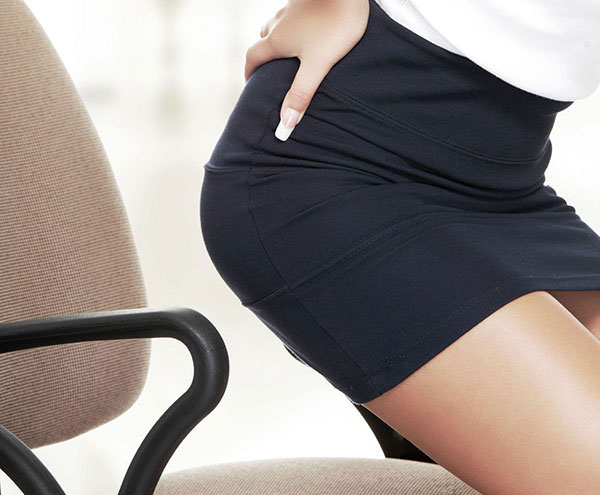Your Colorectal Health, Our Priority
With our comprehensive suite of screening services and treatment options, our experienced colorectal specialist and medical team promise you peace of mind whilst ensuring a strong and healthy colon.


A Pile Of Trouble
About one in three people in Singapore suffers from piles, also known as haemorrhoids. Here’s what you need to know.
Piles, or haemorrhoids, refer to abnormally enlarged and bulging blood vessels in the anus that cause bleeding when you make a bowel movement.
Apart from bleeding, piles can cause anal discomfort, itching, pain and swelling. Many people have haemorrhoids but do not realise it until the above symptoms occur. In some cases, the piles may have been gradually increasing in size over many years, but go unnoticed because a patient either does not notice the difference or thinks that the swelling is part of their normal anatomy. Piles that do not cause any symptoms do not require any treatment.
Causes and types
It is believed that the upright posture of humans raises the pressure in the veins and can predispose humans to haemorrhoids. Other postulated factors include chronic constipation, ageing, pregnancy and childbirth. There are two types of haemorrhoids:
- Internal haemorrhoids start from the upper part of the anal canal. The wall of the blood vessel gets stretched and thinned out so it tends to break easily. Once this happens, bleeding occurs. It is believed that repetitive straining at stools puts the vessel under high pressure so it becomes swollen and also causes the supporting ligaments in the blood vessel to become overstretched and lose their elasticity. The blood vessel then descends further down the anal canal and may protrude out of the anus. Once it is outside, it is known as a prolapsed haemorrhoid.
- External haemorrhoids develop at the outer part of the anus. It happens when a blood clot forms in the vessel, resulting in a painful swelling. An external pile feels like a hard, sensitive lump and bleeding occurs if the overlying skin ruptures. This condition is actually much less common than prolapsed haemorrhoid. A lot of people confuse the internal haemorrhoids that prolapsed with purely external haemorrhoids.
Degrees of severity
There are four degrees, depending on size and location.
First degree - the haemorrhoid is within the anal canal and there is no visible lump on the outside.
Second degree - the haemorrhoid becomes bigger and bulges out the anus during bowel movement. This bulge disappears once straining stops.
Third degree - the haemorrhoid bulges out during bowel movement and remains outside the anus for a longer time before gradually receding. It may also be easily pushed back into the anus after a bowel movement.
Fourth degree - this is the most advanced stage. The haemorrhoids are outside of the anus all the time and cannot be pushed back in.
Treatment
Piles that do not cause any symptoms do not require any treatment, but several non-surgical methods can reduce the severity. The diet may be adjusted so that the stools are softer. This reduces the pressure required to evacuate and may stop the piles from getting worse although it does not reverse the condition. Medication can also increase the strength of the wall of the blood vessel and reduce the size of the piles. Consuming more fluids or laxatives can also reduce straining during bowel movement. These methods can easily address first- or second-degree piles.
If these do not help, further treatment may be required. One can opt for ligation or the ‘rubber band treatment’ where a small band is placed over the haemorrhoid to cut off its blood supply. The haemorrhoid and the band fall off in a few days and the wound heals in a week or two. Another is sclerotherapy, a relatively painless injection to the area around the piles that causes the piles to shrink. Ultrasound-guided hemorrhoidal artery ligation may be a third option. Here, an ultrasound probe locates the problematic arteries and a stitch is used to ‘tie off’ the artery. By interrupting the blood supply, the haemorrhoid shrivels up. For more severe third- and fourth-degree piles, treatment includes a haemorrhoidectomy, which permanently removes the piles.

